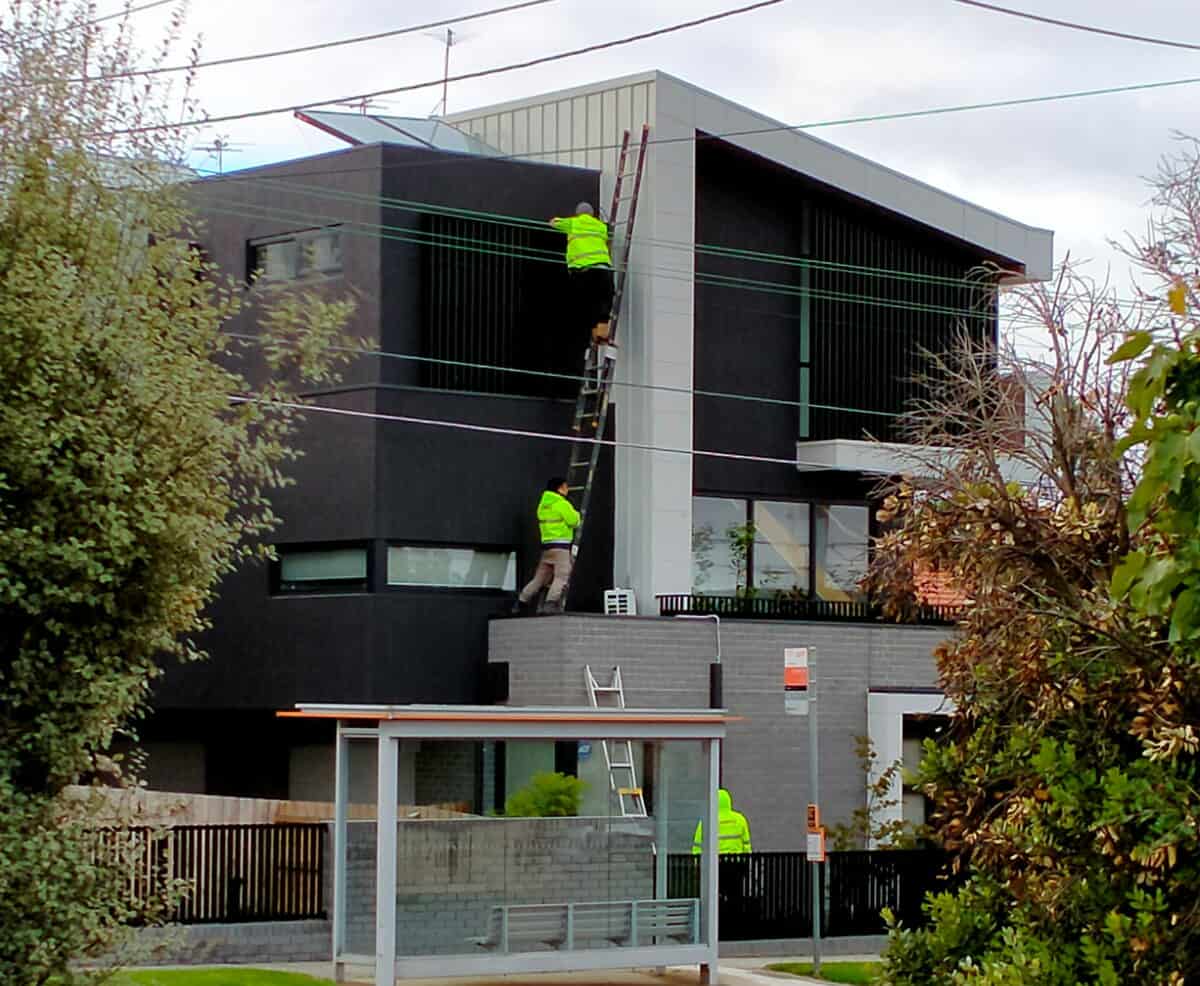I have been told that any image loaded to Twitter becomes the property of Twitter. As a social media user, this type of situation seems common, but I was surprised when an image of unsafe work activities that I took and posted to Twitter appeared as an “Absolute Shocker” in a construction safety newsletter produced by WorkSafe Victoria. I sought more details from WorkSafe on the image’s use.
Category: ladder
Heights, Standards and Safety
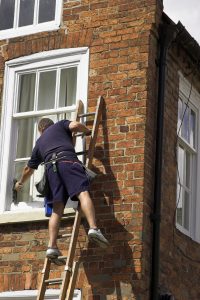 Engineering and design Standards have existed globally for a long time. They have considerable authority, often provided through legislation, and underpin many of the safety devices and equipment used in workplaces. But does compliance with Standards mean that something is safe?
Engineering and design Standards have existed globally for a long time. They have considerable authority, often provided through legislation, and underpin many of the safety devices and equipment used in workplaces. But does compliance with Standards mean that something is safe?
The easy answer is no. A recent presentation to the Central Safety Group (CSG) by David Davis of the Working at Heights Association illustrated this gap between workplace safety compliance and compliance with Standards.
Safety Awards nights are important but need constant maintenance
 As October is Australia’s Safe Work Month there are several awards evenings. On 19 October 2017, Victoria’s WorkSafe conducted theirs. It was a sedate evening in comparison to previous events. Very few tables whoop-ed their nominations, the MC did not leer at the female waiters and none of the winners danced across the stage. But there were a couple of notable moments.
As October is Australia’s Safe Work Month there are several awards evenings. On 19 October 2017, Victoria’s WorkSafe conducted theirs. It was a sedate evening in comparison to previous events. Very few tables whoop-ed their nominations, the MC did not leer at the female waiters and none of the winners danced across the stage. But there were a couple of notable moments.
Richard Wallace
The most obvious was the standing ovation one winner received from the entire audience.
Personalised training, ladder standards and a non-gamechanger
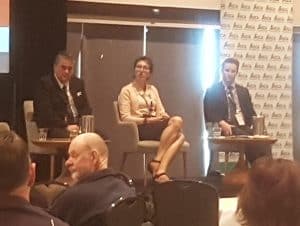
Day 2 of the SAFETYconnect conference commenced with a disrupted panel discussion comprising four representatives of Australia workplace safety regulators. Each representative provided a 10 minute presentation about their agency and their plans. Curiously almost all of them discussed their strategic plans which varied between three and ten years but almost all contained the same aims, targets and challenges.
Some of the most interesting content was in the more practical stream of the conference.
Are you ready for the revised AS1657 on walkways, ladders and platforms?
A guest post by Carl Sachs
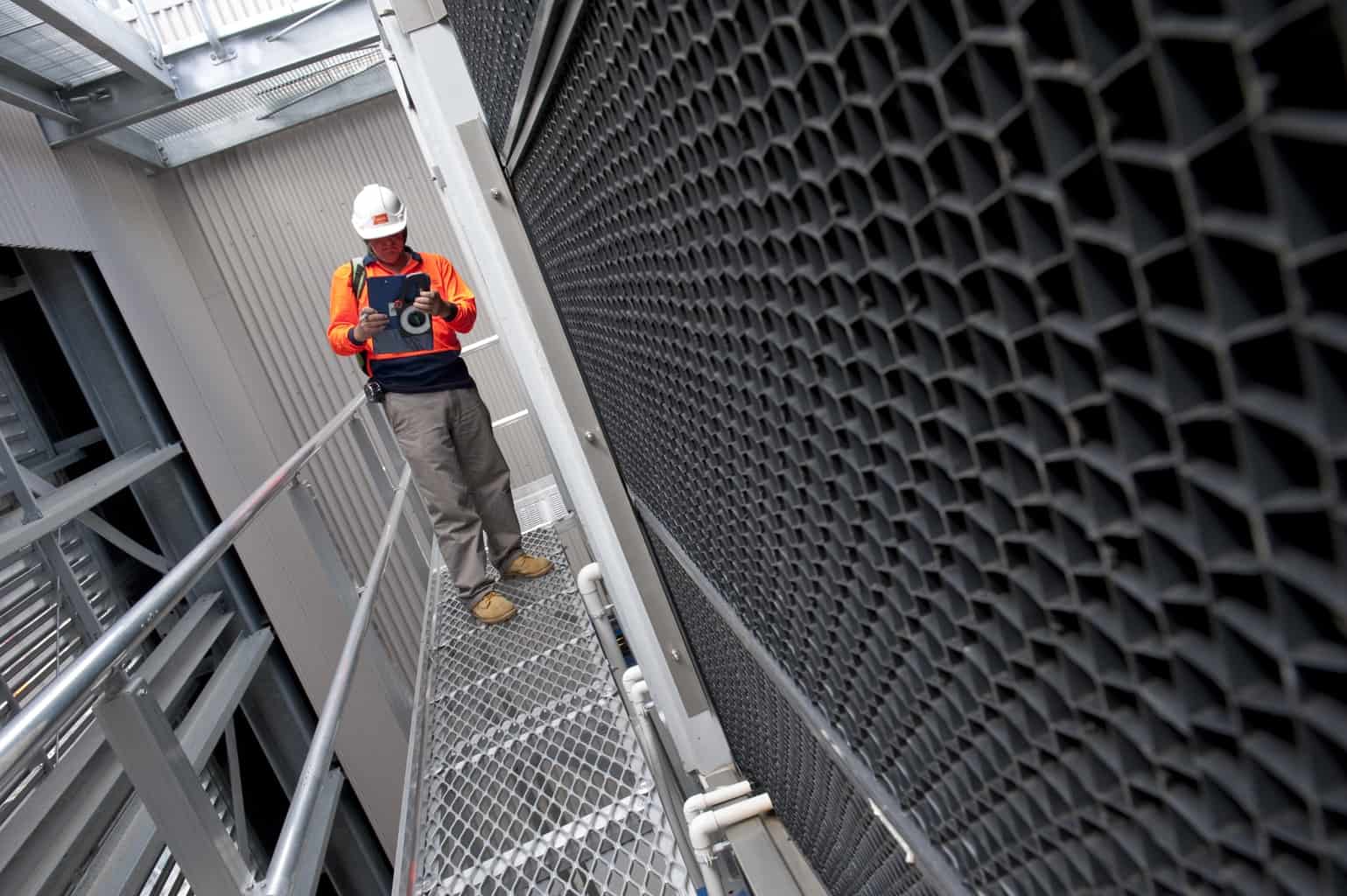 The revised Australian Standard AS1657 for fixed ladders, platforms and walkways released in October 2013 plugs some serious holes. Guard rails made of rubber, for example, are now explicitly unacceptable.
The revised Australian Standard AS1657 for fixed ladders, platforms and walkways released in October 2013 plugs some serious holes. Guard rails made of rubber, for example, are now explicitly unacceptable.
While absurd, rubber guard rails technically complied with the 21-year-old AS1657 and the example shows just how sorely an update was needed.
Four big changes to AS1657
The biggest changes to AS1657 concern selection, labelling, guardrail testing and the design of fixed ladders. Continue reading “Are you ready for the revised AS1657 on walkways, ladders and platforms?”
How safe is unsafe?
 Across the street from an office in Melbourne, a pub is installing a roof area for entertaining. The work has gone smoothly as far as one can see but the position of the platform ladder in the corner of the roof was curious. If someone was working from the ladder and wobbled, it would be possible to not only fall a couple of metres to the roof but perhaps over the roof’s edge to the pavement two storeys below.
Across the street from an office in Melbourne, a pub is installing a roof area for entertaining. The work has gone smoothly as far as one can see but the position of the platform ladder in the corner of the roof was curious. If someone was working from the ladder and wobbled, it would be possible to not only fall a couple of metres to the roof but perhaps over the roof’s edge to the pavement two storeys below.
The worker in the front of this picture was moving to erect another platform ladder towards the front of the roof.
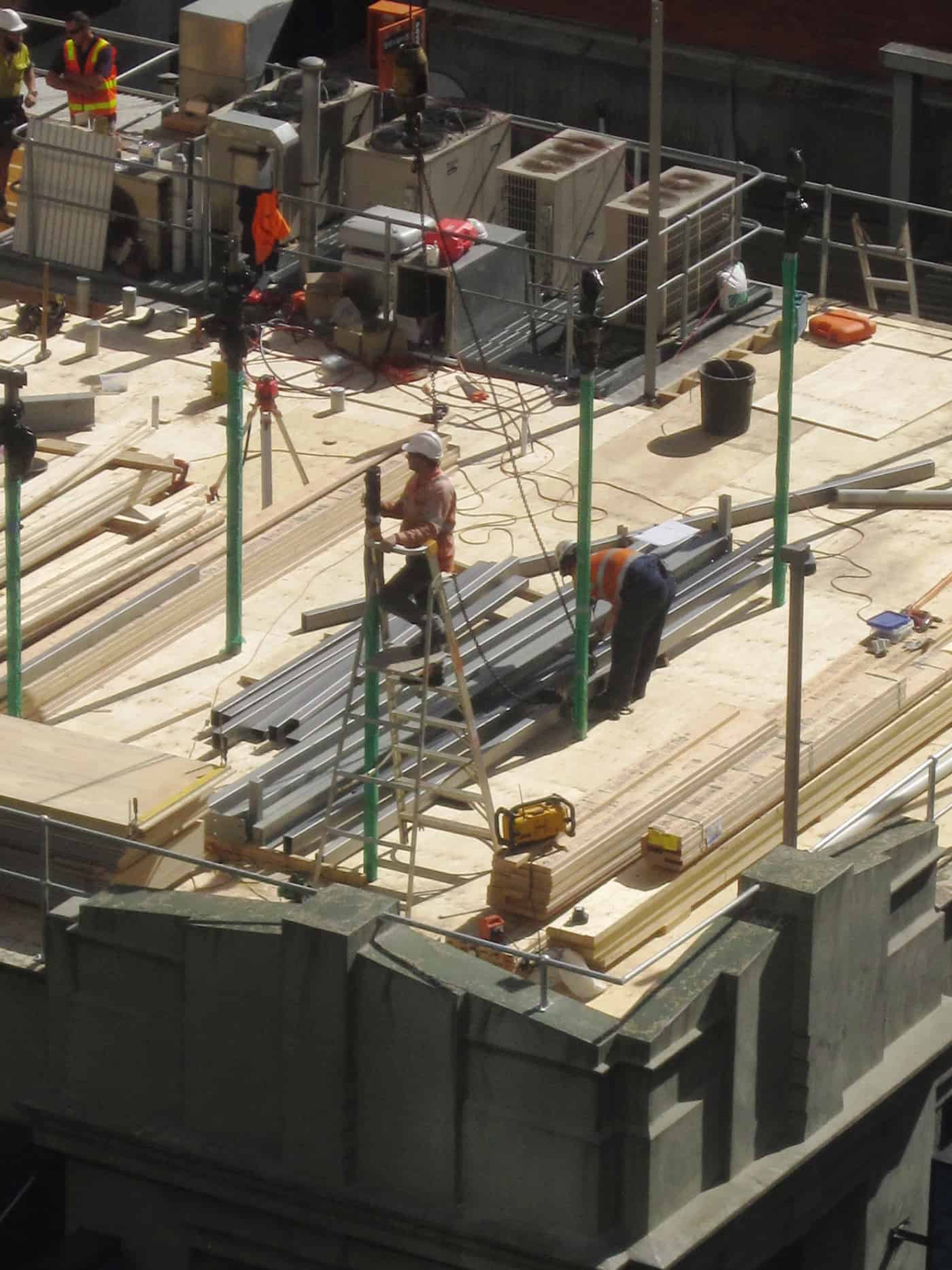 The second picture shows the worker on that platform ladder. Similar risks of wobbling and falling over the roof’s edge.
The second picture shows the worker on that platform ladder. Similar risks of wobbling and falling over the roof’s edge.
How safe is unsafe? There is the potential for the worker to fall from the ladder to the street some distance below but he didn’t. So was his positioning of the ladder and work undertaken safe?
Non-fatal injuries summary
Below is a summary of non-fatal workplace incidents handled by Victoria’s Metropolitan Ambulance Service over the last few weeks.
Many of these incidents gain no media attention principally due to the fact that the workers did not die but the incidents are of relevance ot safety professionals and provide a better perspective on the frequency of workplace incidents.
Hand injuries
The first case saw advanced life support paramedics from Footscray called to an Altona North address at 8am.
The Paramedic, Cameron Joyce, said when they arrived they were told the 42-year-old woman had been working with machinery when the accident happened. “‘The woman told us that the fingers on her left hand were crushed for only two or three seconds. Continue reading “Non-fatal injuries summary”

